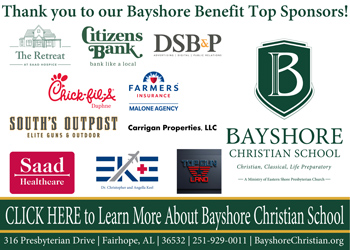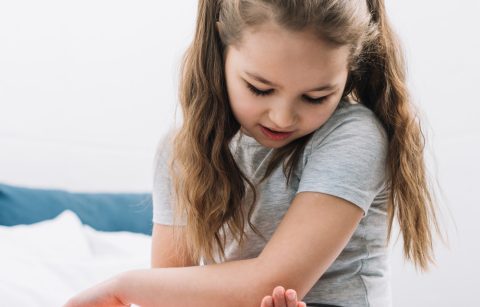
Kids Health Watch is brought to you by our friends and Magnolia Springs Pediatrics
Did you know that more than 1.2 million children under the age of six swallow or come into contact with a poisonous substance every year? And that’s only the known and reported cases!
As we have discussed before, a large portion of pediatrics is in the prevention of illnesses, and poison prevention can be an easy way to reduce harm to your child. Today, we will talk about what is poisonous, some basic strategies for storing medicines and other chemicals, and what to do if your child does ingest or gets exposed to a poison.
First, let’s talk about potential poisons and where they are most likely to be found. First are medications. Prescription medicines are very common in homes and can be among the most dangerous. A recent case involved an 18-month-old child that ingested several different types of her grandparent’s medications and had to be monitored in the hospital for several days.
When asked about the location of the medications, we found out they were “kept” on an end table by a recliner for easy access by grandma! But other non-prescription medications are potentially dangerous as well. Ibuprofen, aspirin, acetaminophen, vitamins, cold and cough medicines are all possibly dangerous when ingested by a child. But medicines aren’t the only danger. Paint, varnishes, cleaning supplies, and pesticides count, as do gasoline and other car care products. Other poisons include mothballs, weed killers, pest killers, and older medications such as oil of wintergreen and camphor-based oils, and fumes from chemicals, space heaters or stoves.
So what now? I put child safety locks on my cabinets; that’s good enough right? No! You know as well as I do that toddlers are pretty amazing, and how many times have you walked into your kitchen and found a “child-proofed” cabinet wide open? My best recommendation is to completely remove all of the above objects from reach. That means putting them in the garage, a high cabinet, or the closet’s top and not under the sink. Also, when it comes to medicines, try to avoid calling medicine “candy” in an effort to get your child to take it. This opens the door for increased ingestion. Also, be aware of where your child is being cared for. While grandparents and other caregivers are a wonderful asset to have, the risk of accidental ingestion is increased at these locations.
OK, my child just took a swig of bleach or a few baby aspirin lying on the counter. I am totally freaking out! What do I do? If your child is unconscious, not breathing, or possibly having a seizure, then call 911 immediately. Do not give ipecac or any other medicine to induce vomiting. If it is a spill on the skin or in the eyes, then remove any clothing or hats and rinse for fifteen minutes under tepid water. Do not apply any lotions or medicines to the skin or eyes. If it is an inhalation, then take your child outside into fresh air immediately and observe for respiratory distress. If your child is OK, then call 1-800-222-1222, which is the Poison Control Center (I would be writing this number down right now if you don’t already have it). They will ask you lots of questions about what your child took, so it is helpful to have the medication bottle in front of you. Sometimes, they will give advice over the phone, and sometimes they will advise going to the emergency department. Good luck and be vigilant!
Robert L. Rux, M.D. is a Board Certified Pediatrician at Magnolia Springs Pediatrics. Originally from Mobile, he attended medical school at The University of Alabama School of Medicine (UAB) and completed residency at The Children’s Hospital of Alabama (UAB).











